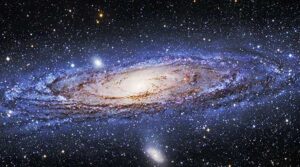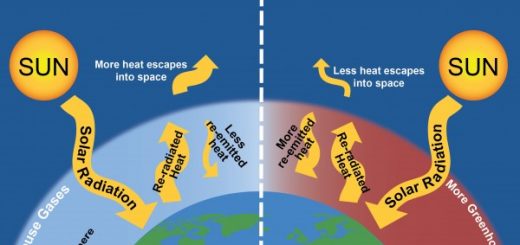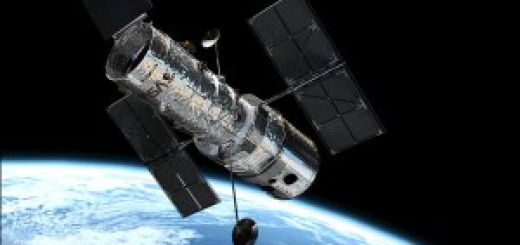Milky Way Galaxy, Universe Expansion & measuring distances through the universe
The universe is a wide and extended space that contains all the galaxies, the stars, the planets, the moons, the living organisms, and everything, The universe is very vast, The Sun and the earth are tiny parts in the universe, And It contains about 100000 million galaxies.
Galaxies
The Galaxies are groups of stars that rotate together in the cosmic space by the effect of gravity, They are bigger (or structural) units of the universe.
Each galaxy has a distinctive shape according to the harmony and order of the groups of stars in it, The Galaxies gather in clusters, The Galaxies Clusters are groups of galaxies in the space, The galaxy to which our solar system belongs is Milky Way galaxy.
Milky Way galaxy contains all the stars we see at night in the sky, and It is given that name because it appears in the sky at night as splashing milk or spreading straw.
In Milky Way Galaxy, The old (large) stars gather in the center, The recent small stars are located in the spiral arms of the galaxy, The Sun is a star of millions of stars that rotate around the center of Milky way galaxy.
the solar system is the Sun and eight planets revolving around it, The solar system is located in one of the spiral arms of the Milky Way on the edge of the galaxy.
The Sun takes about 220 million years to complete one rotation around the centre of the galaxy, The Earth is one of the planets that rotate around the Sun, and it is the planet of life.
The distance between the stars is very large, So, the distances in the far space are not measures in kilometers but they are measured in a unit called Light year.
A light-year is a distance covered by the light in one year and it equals (9460ooo million kilometer), 9.467 x 1012 km, The speed of light equals 300000 km/sec.
The distance between the galaxies increases as time passes as the galaxies move away in the cosmic space, And this is known as the Expansion of the Universe.
The Universe is in a state of continuous expansion, The expansion of the universe is the continuous separation between the galaxies, The continuous expansion of the space is due to the continuous motion of galaxies in the universe.
The cosmogony in ancient times
In ancient civilizations, Their relationship with the world of multiple gods and their deep belief that there is a fundamental difference between the earth and heaven did not allow them to develop theories about the universe and its origin.
In the Stone Age, the first human perception of cosmogony was put, where Myths dominated the human imagination, The ancient Egyptians and Babylonians assumed that there was a relationship between the eternal universe and the multiple Gods controlling it.
At both the Indian and Chinese civilizations, The astrology prevailed, Philosophers of Greeks and Romans put theories about the cosmic phenomena.
Stages of the origin of the universe since Big Bang
Universe, Galaxies, Milky Way galaxy, Solar System, Origin of Universe & Stages of Big Bang
Stars, Galaxies, Solar system, Planets, Moons, Asteroids, Meteors, Meteorites & Comets
The Evolution of the Solar System and Solar Nebular theory
The solar system and the milky way galaxy
Solar energy (Sun), Ways of heat transfer (conduction, convection & radiation)




